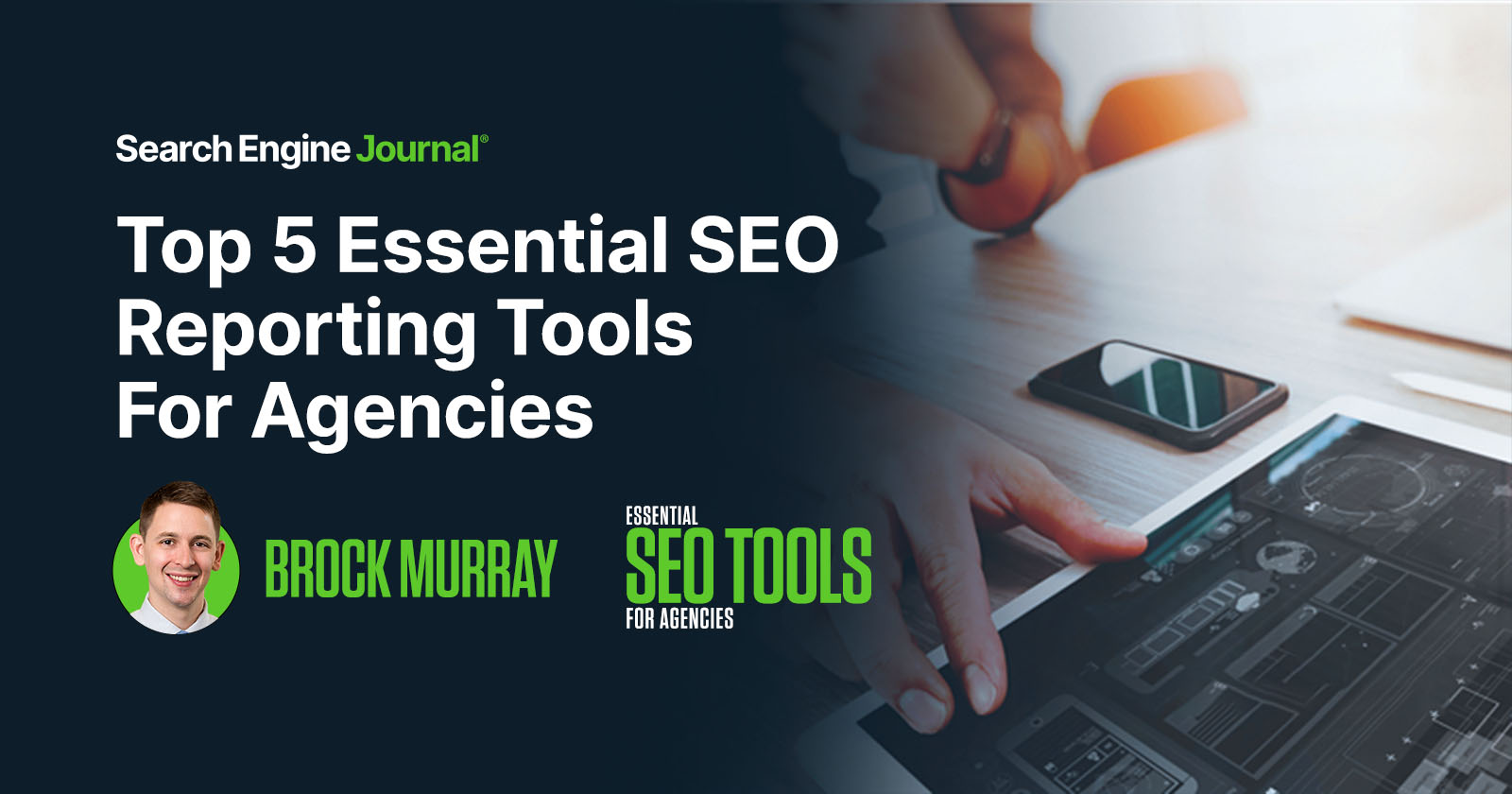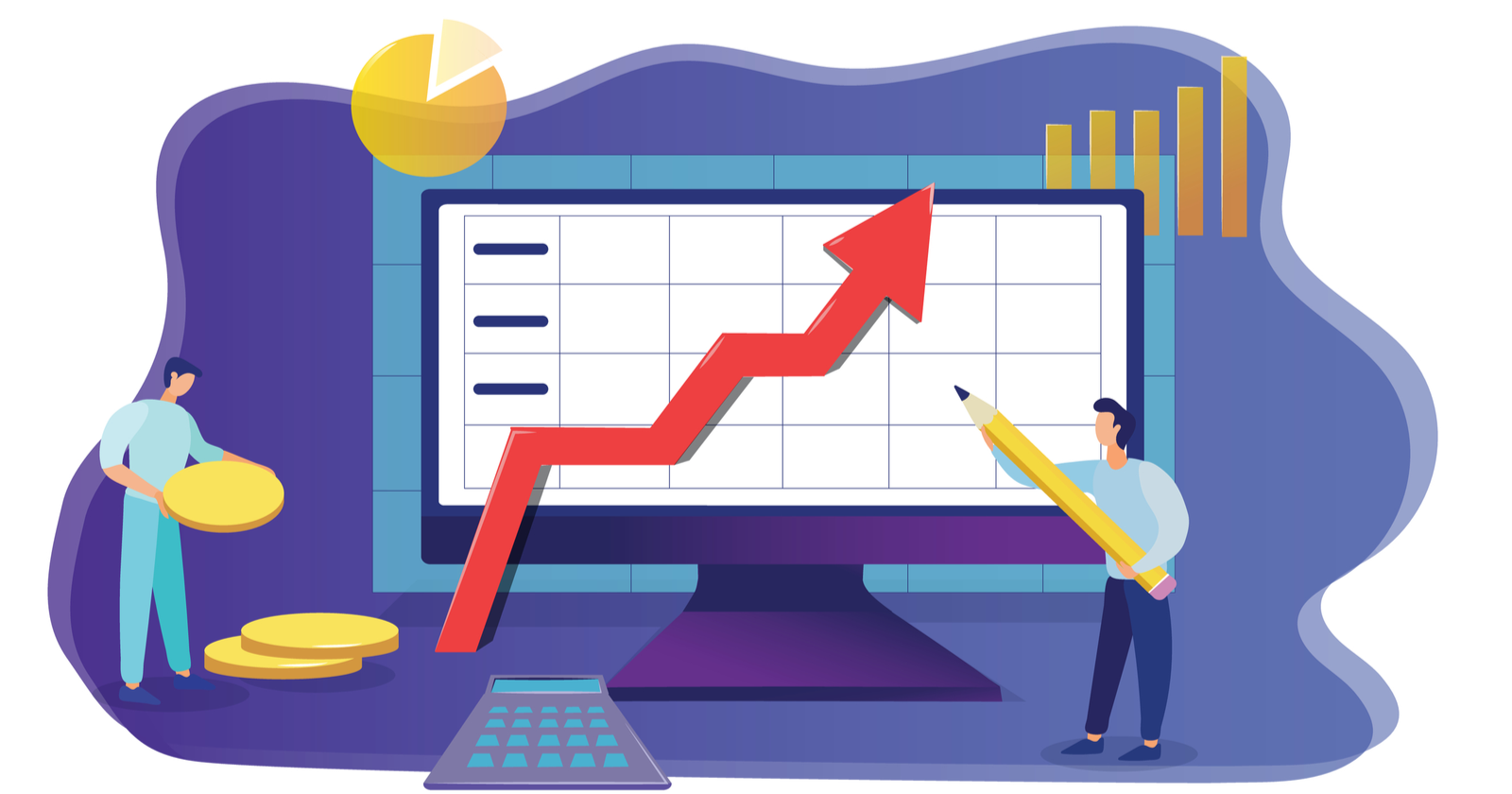Nisum will supply strategic and tactical IT companies and options to provide cutting-edge ordeals and engagement for the activity giant’s universe of followers, companions, and stakeholders
[Brea, California and Washington, D.C.] September 25, 2023 – In a game-transforming strategic collaboration, Nisum, a foremost world wide technological know-how consulting firm, joins forces with Monumental Athletics & Enjoyment (MSE), America’s main athletics and amusement family members acknowledged for their various sporting activities houses together with the NBA’s Washington Wizards, WNBA’s Washington Mystics, and NHL’s Washington Capitals, state-of-the-artwork venues such as Cash One particular Arena, amid other renowned ventures.
Nisum and MSE’s alliance unites two powerhouse organizations with the widespread vision of leveraging best-in-class technologies to develop excellent sporting activities and long lasting memories for lovers, stakeholders, and MSE partners like Anheuser-Busch InBev, Alibaba, Cash A person, Big Food items, and additional. To obtain this eyesight, Nisum will be a important associate in supporting MSE’s strategic IT initiatives by bringing a long time of abilities in digital engineering, custom made software improvement, details-led approach and insights, and agile shipping.
“This partnership with Nisum is a different major stage in advancing Monumental Sports, a person of the premiere athletics ecosystems in the state, in offering a collection of awesome, linked activities for our fans. We are happy to increase Nisum to our sturdy network of companions, augmenting this best tier group with their technological experience, strategic leadership, and large high-quality shipping from a global workforce,” mentioned Adam Heintz, Senior Vice President of Enterprise Intelligence at MSE.
“The coronary heart of Nisum’s perform is to ability life’s wonderful moments with the greatest technologies. There is no superior opportunity to do that than by means of the connectivity and bonds people create by means of a shared like of sports. Nisum is very energized to be part of the Monumental loved ones and produce unforgettable encounters for millions of lovers,” expressed Tina Wung, Nisum’s Vice President of Advancement Marketing and Revenue.
The sports industry is speedily leveraging the new alternatives produced from emerging technological know-how and electronic innovation, which includes further and additional individualized connections with supporters, related venues giving seamless omnichannel activities, and virtual engagement exporting the in-stadium magic to broader admirer bases. Monumental and Nisum are proud to partner together as leaders of transformation in the athletics and amusement earth.
###
About Monumental Sporting activities & Enjoyment
Monumental Sports activities & Leisure is 1 of America’s primary sporting activities and entertainment people. Our persons, players, groups, and functions provide enjoyment and joy to hundreds of thousands. We make investments and innovate to persistently increase the video game so we can provide amazing ordeals that will inspire and unite our neighborhood, our lovers, and our people.
About Nisum
Nisum is a international electronic consulting company centered in Silicon Valley. With a talented workforce of about 2,000 experts spanning North The usa, Latin The usa, India, and Pakistan, Nisum leverages about 20 many years of business knowledge in digital method and engineering,








